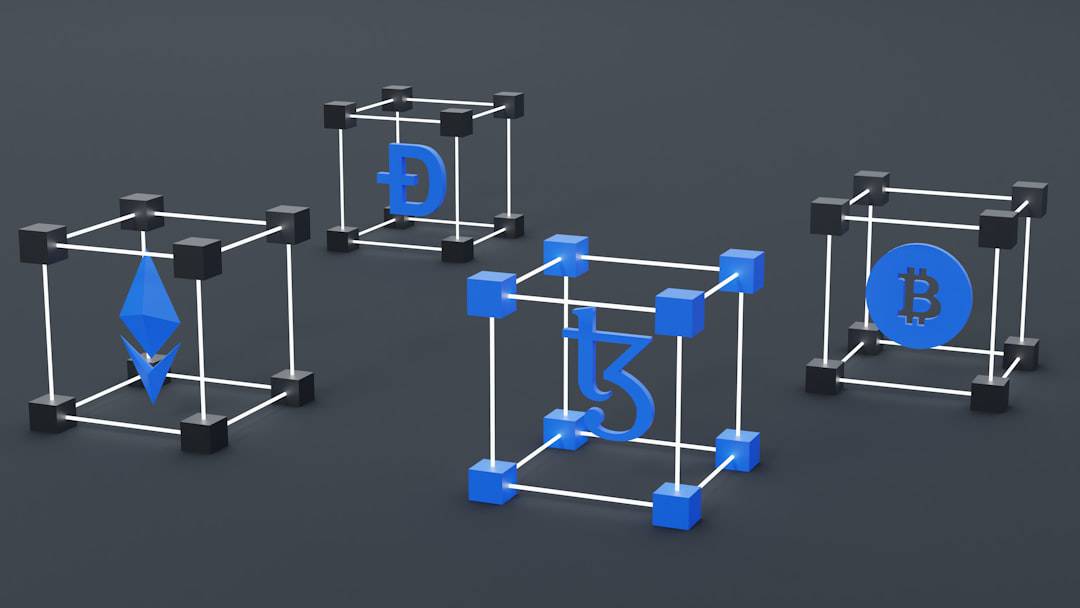Author: Science Team
-

Unveiling the Threat: Zero Day Attack
Zero-day attacks are a form of cyber threat that exploits previously unknown vulnerabilities in software or hardware. These vulnerabilities are termed “zero-day” because the developer has had zero days to address the issue before it is exploited. This lack of preparation time makes zero-day attacks particularly dangerous, as there are no existing patches or fixes…
-

Protecting Your Network: The Importance of a Secure System
In the contemporary digital landscape, network security faces an array of evolving and increasingly sophisticated threats. Cybercriminals actively seek vulnerabilities in networks to exploit for financial gain, data theft, or system disruption. Common threats include malware such as viruses, worms, and ransomware, which can compromise systems, leading to data loss or operational downtime. Phishing attacks,…
-

Fortinet’s Zero Trust Network Access: Securing Your Network
Zero Trust Network Access (ZTNA) is a security framework that eliminates implicit trust within an organization’s network. Unlike traditional network security models that assume internal users and devices are trustworthy, ZTNA adopts a “never trust, always verify” approach. This model has gained prominence due to the increasing sophistication of cyber threats and the widespread adoption…
-

Unleashing the Power of Deep Convolutional Neural Networks
Deep Convolutional Neural Networks (CNNs) are a type of artificial intelligence algorithm that has significantly advanced the field of computer vision. These networks are designed to process and analyze visual data, making them highly effective for tasks such as image recognition, object detection, and image classification. CNNs have become essential components in many modern technologies…
-

Brute Force: Cracking Passwords with Raw Power
Brute force password cracking is a well-established technique in cybersecurity used to gain unauthorized access to systems or accounts. This method involves systematically attempting every possible password combination until the correct one is identified. Despite its simplicity, it has remained an effective approach for hackers to compromise sensitive information for many years. This technique can…
-

Unleashing the 0 Day Attack: The New Threat to Cybersecurity
A zero-day attack, also known as a zero-day exploit, is a cyber attack that exploits a previously unknown vulnerability in computer software or hardware. The term “zero-day” refers to the fact that the attack occurs on the same day the vulnerability is discovered, leaving no time for the targeted entity to prepare or defend against…
-

Maximizing Security with Managed Services
Managed services involve outsourcing day-to-day management responsibilities and functions to improve operations and reduce costs. In IT, these services encompass network monitoring, security, data backup and recovery, and technical support. By engaging a managed service provider (MSP), businesses can delegate IT infrastructure management and concentrate on their core competencies. This partnership allows organizations to leverage…
-

Maximizing Security with Netskope ZTNA
Zero Trust Network Access (ZTNA) is a security model that verifies and authenticates every user and device attempting to access a network. This approach is founded on the principle of “never trust, always verify,” meaning no user or device is trusted by default, regardless of location or network environment. ZTNA focuses on securing access to…
-

Revolutionizing Industries with AI, ML, and DL
Artificial Intelligence (AI), Machine Learning (ML), and Deep Learning (DL) are interconnected fields within computer science that focus on creating intelligent systems capable of performing tasks traditionally requiring human intelligence. AI encompasses the broader goal of developing machines that can learn, reason, solve problems, perceive, and understand language. ML, a subset of AI, concentrates on…
-

Protect Your Data with Brute Force Passwords
In the digital era, robust passwords are crucial for online security. As cyber threats and data breaches increase, individuals and organizations must prioritize protecting their online accounts and sensitive information. Strong passwords serve as the primary defense against unauthorized access and malicious attacks, creating a barrier that impedes hackers from easily accessing personal and confidential…
-

Unleashing the Power of the 0 Day Exploit
A zero-day exploit is a cyber attack that targets a previously unknown security vulnerability on the day it becomes public knowledge. This timing gives software developers no opportunity to create and distribute a patch before attackers can exploit the weakness. Zero-day exploits are valuable to cybercriminals due to their effectiveness in breaching systems, stealing data,…
-

Protecting Data: Cloud Computing Security
Cloud computing security encompasses a comprehensive set of measures designed to safeguard data, applications, and infrastructure within cloud environments. This includes various policies, technologies, and controls implemented to ensure the protection of cloud-based resources. Key components of cloud security include data encryption, access control mechanisms, identity management systems, and network security protocols. The primary objective…
-

Understanding Zero Trust Network Access (ZTNA)
Zero Trust Network Access (ZTNA) is a security framework that addresses the limitations of traditional network security approaches. It operates on the principle that no user or device should be automatically trusted, regardless of their location or network connection. ZTNA requires strict identity verification for every access attempt to network resources, whether originating from inside…
-

Unlocking the Power of Neural Networks and Deep Learning
Neural networks are a key component of artificial intelligence and machine learning. These algorithms, inspired by the structure of the human brain, are designed to identify patterns in data. They process and interpret various types of input, such as images, sound, text, or time series, by converting them into numerical vectors. Neural networks excel at…
-

The Power of Brute Force Attack: Breaking Through Security
Brute force attacks are a cybersecurity threat where attackers attempt to gain unauthorized access to systems or accounts by systematically trying every possible combination of passwords or encryption keys. This method is used when the attacker lacks prior knowledge of the target’s credentials and relies on the sheer volume of attempts to find the correct…
-

Uncovering the Dangers of Zero Day Exploits
Zero day exploits are cyber attacks that exploit previously unknown security vulnerabilities in software, hardware, or system designs. These attacks occur on the same day the vulnerability becomes public knowledge, leaving no time for targets to implement defenses. This timing makes zero day exploits particularly dangerous and difficult to prevent. These exploits can be used…
-

Ensuring Cloud Infrastructure Security
Cloud infrastructure security is a critical component of an organization’s overall security strategy. As businesses increasingly rely on cloud services and migrate sensitive data and applications to the cloud, protecting cloud infrastructure has become essential. This security domain encompasses safeguarding the underlying hardware, software, and network infrastructure that support cloud services, including virtual machines, containers,…
-

Maximizing Security with Zero Trust Network Access
Zero Trust Network Access (ZTNA) is a cybersecurity approach that challenges the traditional security model of trusting everything within a network perimeter. Instead, ZTNA operates on the principle of “never trust, always verify,” requiring authentication and authorization for every access request, regardless of the user’s or device’s location. ZTNA employs micro-segmentation, granting access to network…
-

Master Deep Learning with Coursera
Deep learning is a specialized branch of artificial intelligence (AI) that focuses on training computer systems to learn and make decisions using vast amounts of data. This approach is inspired by the human brain’s structure and function, utilizing neural networks that simulate neuronal interactions. In recent years, Deep Learning has garnered significant attention due to…
-

Understanding Brute Force Attack: A Cybersecurity Threat
A brute force attack is a cybersecurity threat where an attacker attempts to gain unauthorized access to a system by systematically trying all possible combinations of usernames and passwords. This method is commonly used to crack encrypted data, breach secure systems, or access sensitive information. Brute force attacks typically employ automated software capable of rapidly…
-

The Threat of Zero Day Vulnerability
Zero day vulnerability refers to a security flaw in software or hardware that is unknown to the vendor or developer. This means that there are no patches or fixes available to address the vulnerability, leaving the system open to potential exploitation by cyber attackers. The term “zero day” comes from the fact that developers have…